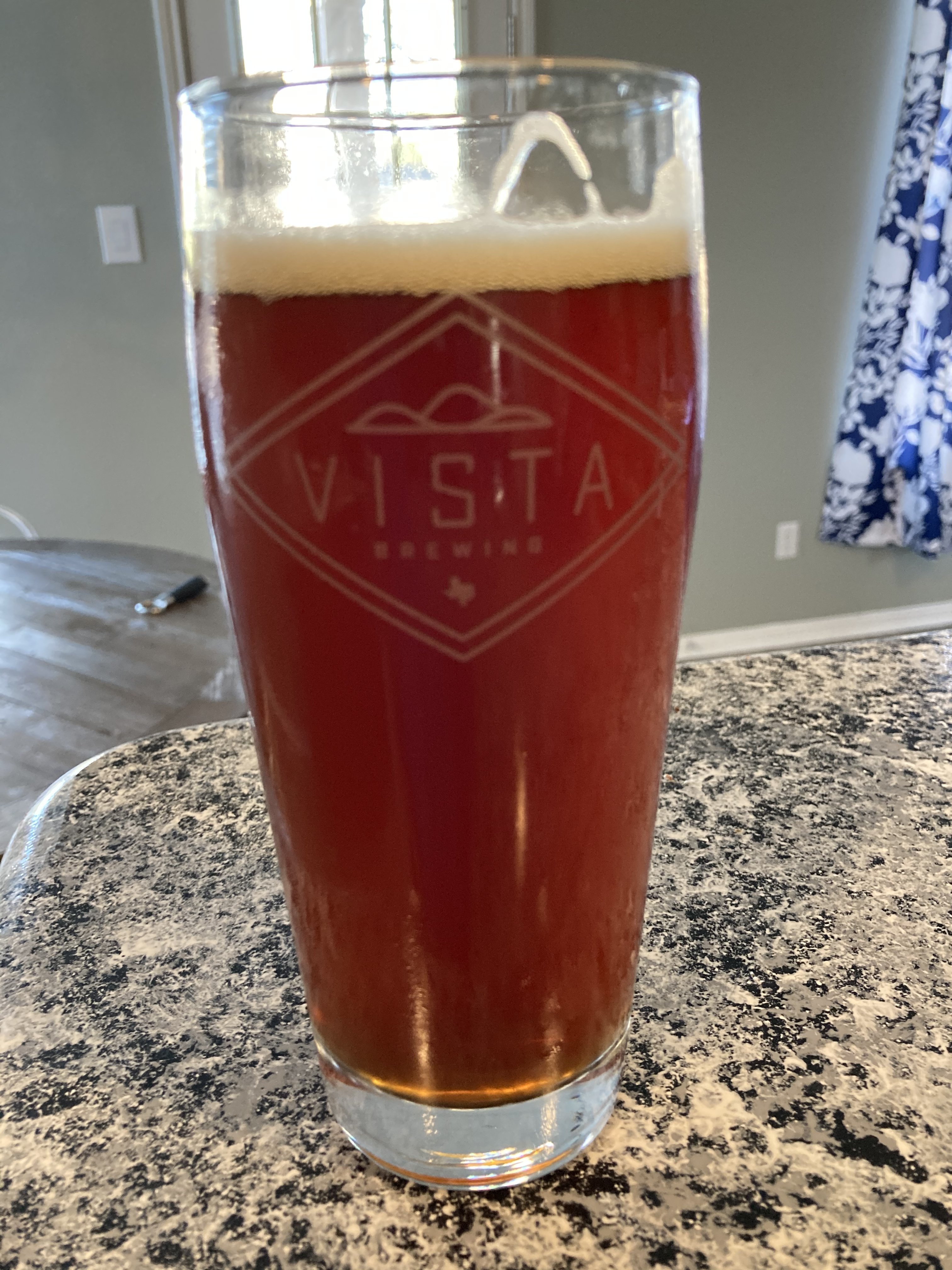mjasinski30
Well-Known Member
- Joined
- Oct 4, 2020
- Messages
- 49
- Reaction score
- 29
Hey guys. Just popped open another beer (American red ale) and again, something is just off. It’s not flat, but tastes a little flat. Also the coloring is much more hazy than I’d expect out of a red ale. I’ve attached a picture of the recipe and end product.
I’m guessing it’s in the fermentation somewhere. I tried to keep a closer eye on the temp and kept it around 68 the whole time. It’s either that or maybe it got infected somewhere along the way. It’s the fourth batch I’ve brewed and the best so far but I keep running into the flat/unclean taste.
Thanks in advance!


I’m guessing it’s in the fermentation somewhere. I tried to keep a closer eye on the temp and kept it around 68 the whole time. It’s either that or maybe it got infected somewhere along the way. It’s the fourth batch I’ve brewed and the best so far but I keep running into the flat/unclean taste.
Thanks in advance!























































![Craft A Brew - Safale S-04 Dry Yeast - Fermentis - English Ale Dry Yeast - For English and American Ales and Hard Apple Ciders - Ingredients for Home Brewing - Beer Making Supplies - [1 Pack]](https://m.media-amazon.com/images/I/41fVGNh6JfL._SL500_.jpg)



